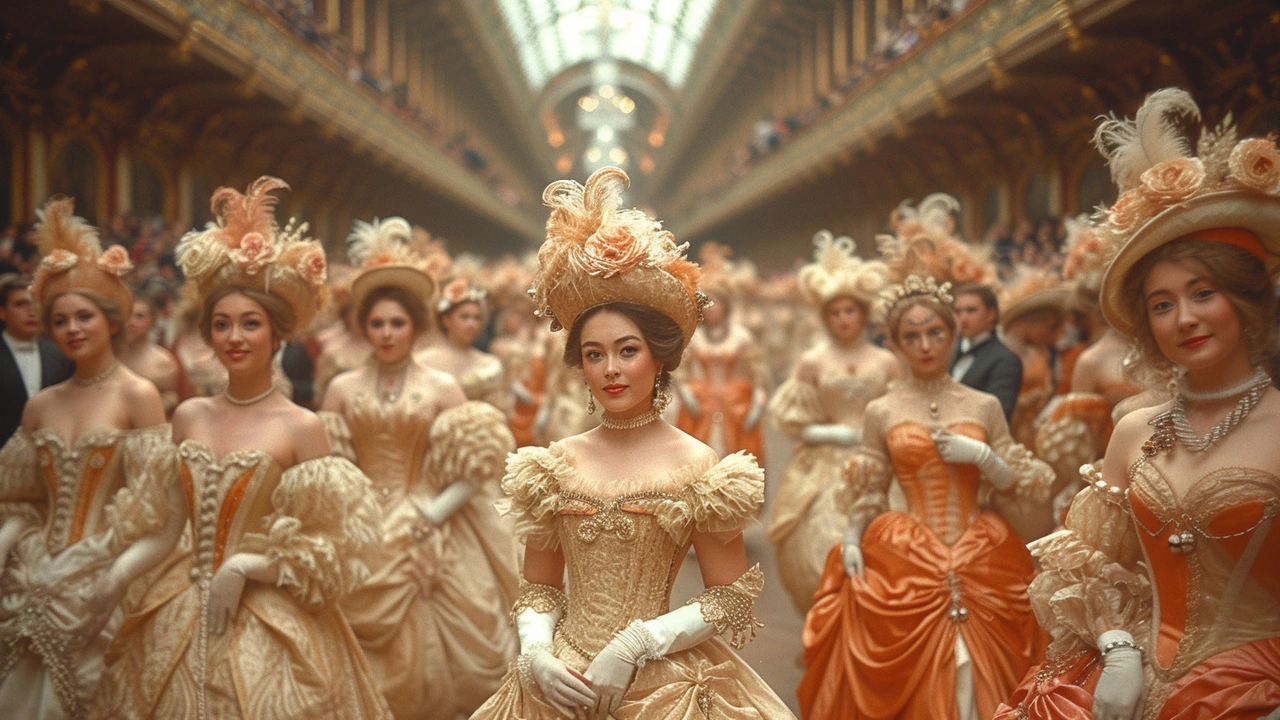Rococo Art: How to Recognize Its Playful, Ornate Style
Rococo art grabs attention at first glance — swirls, pastels, and a feeling of lightness that’s almost flirtatious. It started in early 18th-century France and quickly spread across Europe as a decorative style for salons, palaces, and porcelain. If you want to tell a rococo painting from a Baroque one, focus on mood over drama: rococo prefers charm, intimacy, and ornamentation.
What makes rococo look like rococo?
There are a few visual cues that show up again and again. Look for pastel colors — pale blues, soft pinks, creams. Compositions feel airy and asymmetrical: curves, S-shaped lines, and scrolling foliage. Figures often appear in relaxed poses, caught in flirtation, leisure, or mythic play. Decorative detail matters: shells, flowers, ribbons, and gold leaf appear on frames, furniture, and walls as much as on paintings.
Technically, artists used smooth brushwork and delicate glazing to keep edges soft and surfaces polished. Rococo isn’t about visible rough strokes or heavy chiaroscuro — it wants to charm, not shock.
Key artists, themes, and where to see them
Antoine Watteau set the tone with elegant fête galante scenes — outdoor parties filled with music, lovers, and costumes. François Boucher and Jean-Honoré Fragonard pushed the sensual, decorative side with mythological fantasies and playful nudes. Don’t forget decorative arts: Sèvres porcelain, embroidered tapestries, and lacquered furniture all carry the rococo look.
Want to see originals? Visit museums like the Louvre, Wallace Collection in London, or small French châteaux that still keep rococo interiors. Even some churches and palace salons showcase the style’s wall paintings and gilded woodwork.
Rococo also attracted critics. By mid-century, some said it was shallow and too focused on pleasure — that critique helped fuel the move to Neoclassicism, which favored seriousness and moral themes. Still, whether you love it or find it frivolous, rococo changed how spaces and objects were designed, making art part of everyday comfort and display.
How to appreciate rococo quickly: first, notice the mood — is it intimate and playful? Second, scan for ornamental motifs like shells and garlands. Third, check materials — porcelain, gilt wood, and silk upholstery often appear alongside paintings. Those three steps will help you spot rococo in a gallery or an old house.
Rococo isn’t about deep moral lessons. It’s a style that celebrates beauty, pleasure, and refined surfaces. If you enjoy decorative detail and scenes of leisure, you’ll find plenty to like. If you prefer big moral narratives, rococo might feel light — and that reaction says as much about the viewer as the art.
Use this tag to find articles, artist profiles, and examples that show rococo across painting, interiors, and decorative crafts. Want a quick list of must-see works or simple ways to bring rococo touches into a modern room? Check the linked posts below for practical tips and close-up images.


